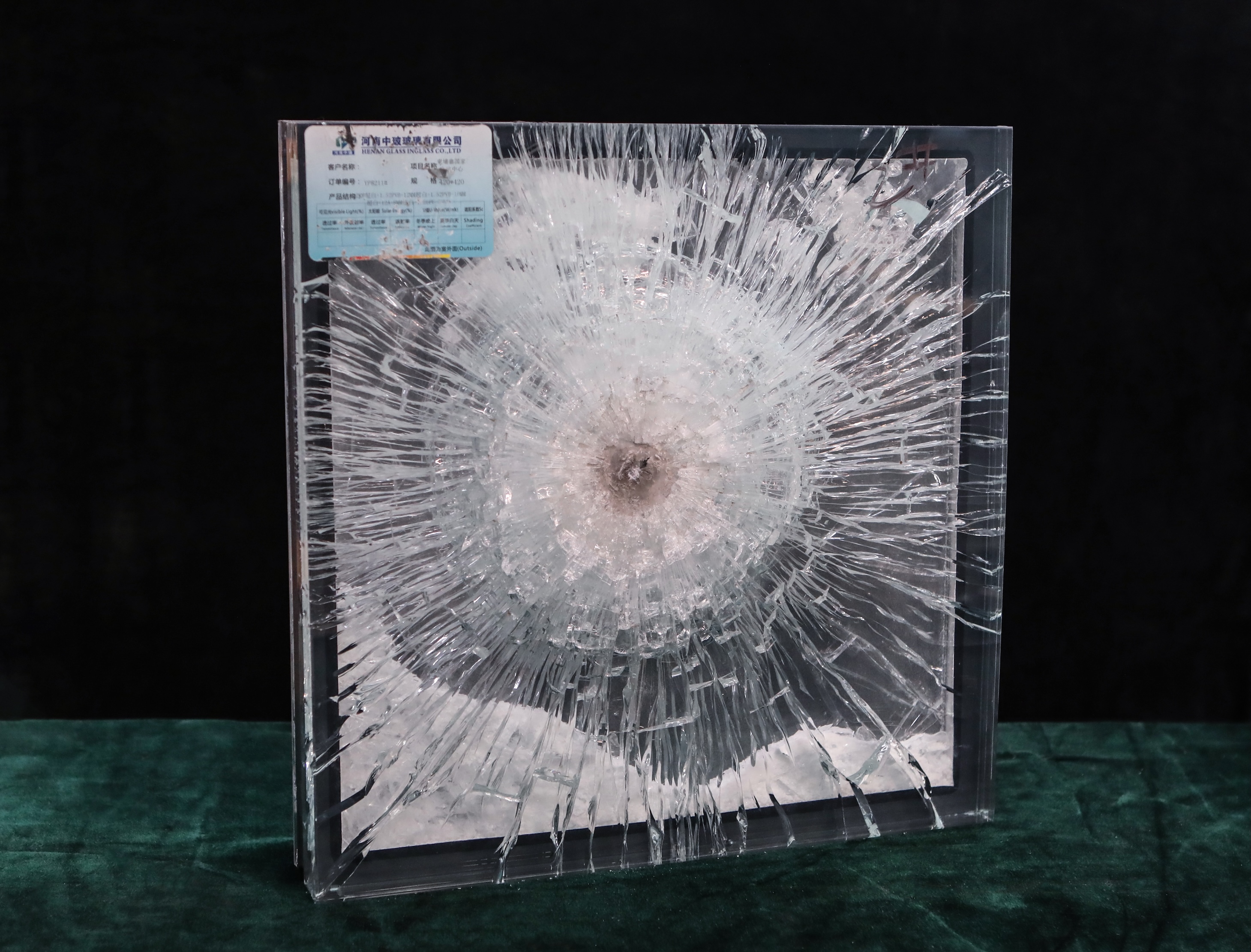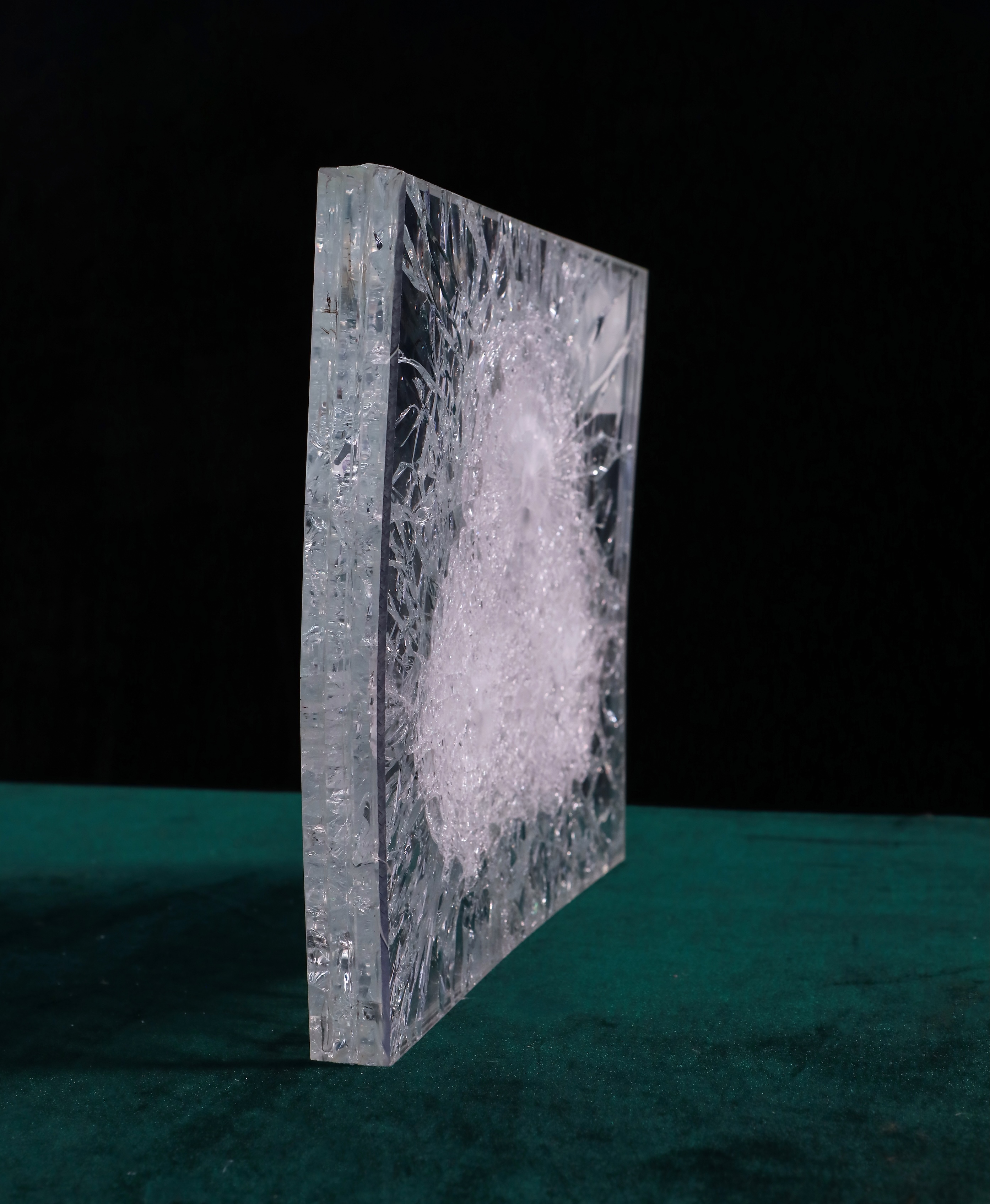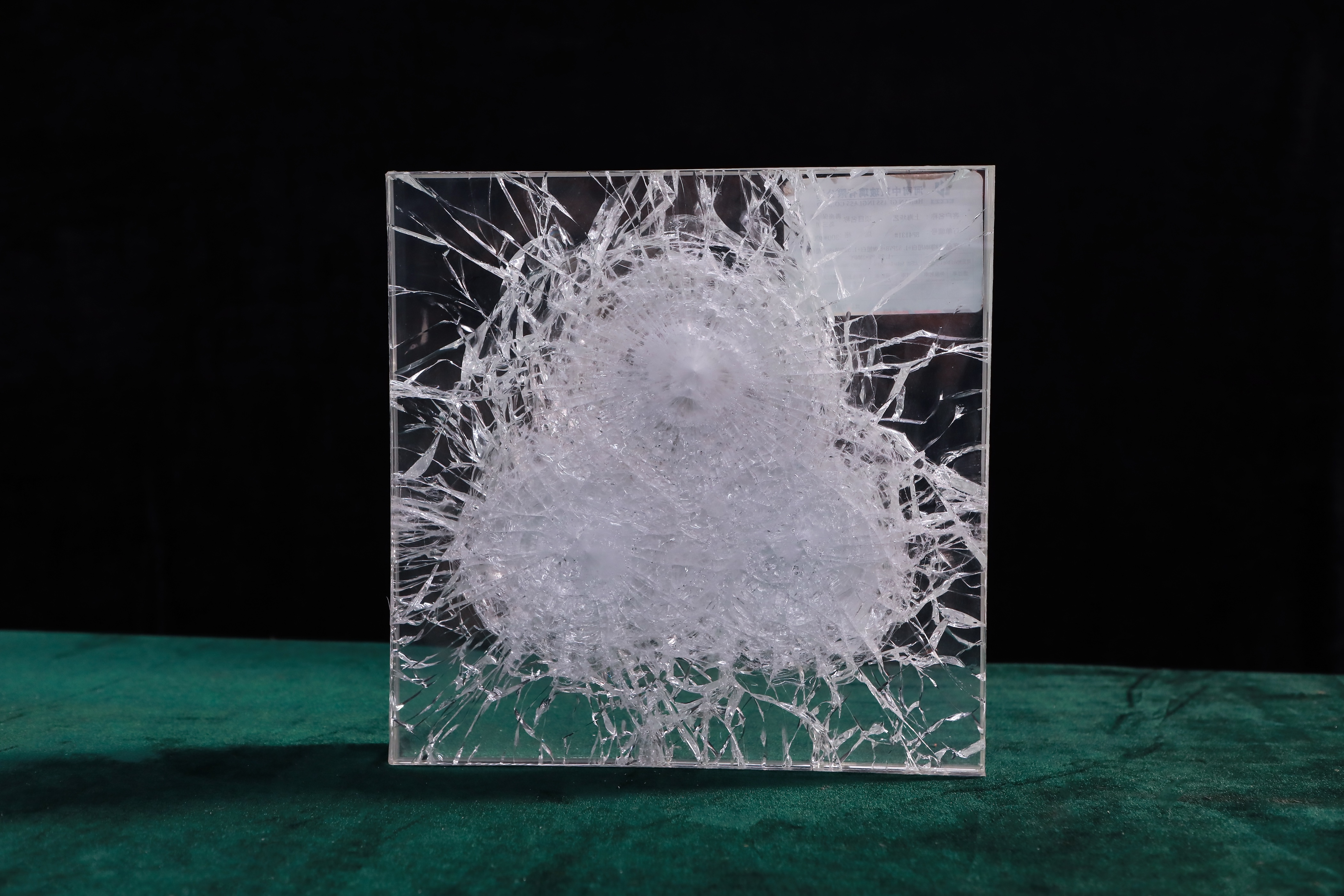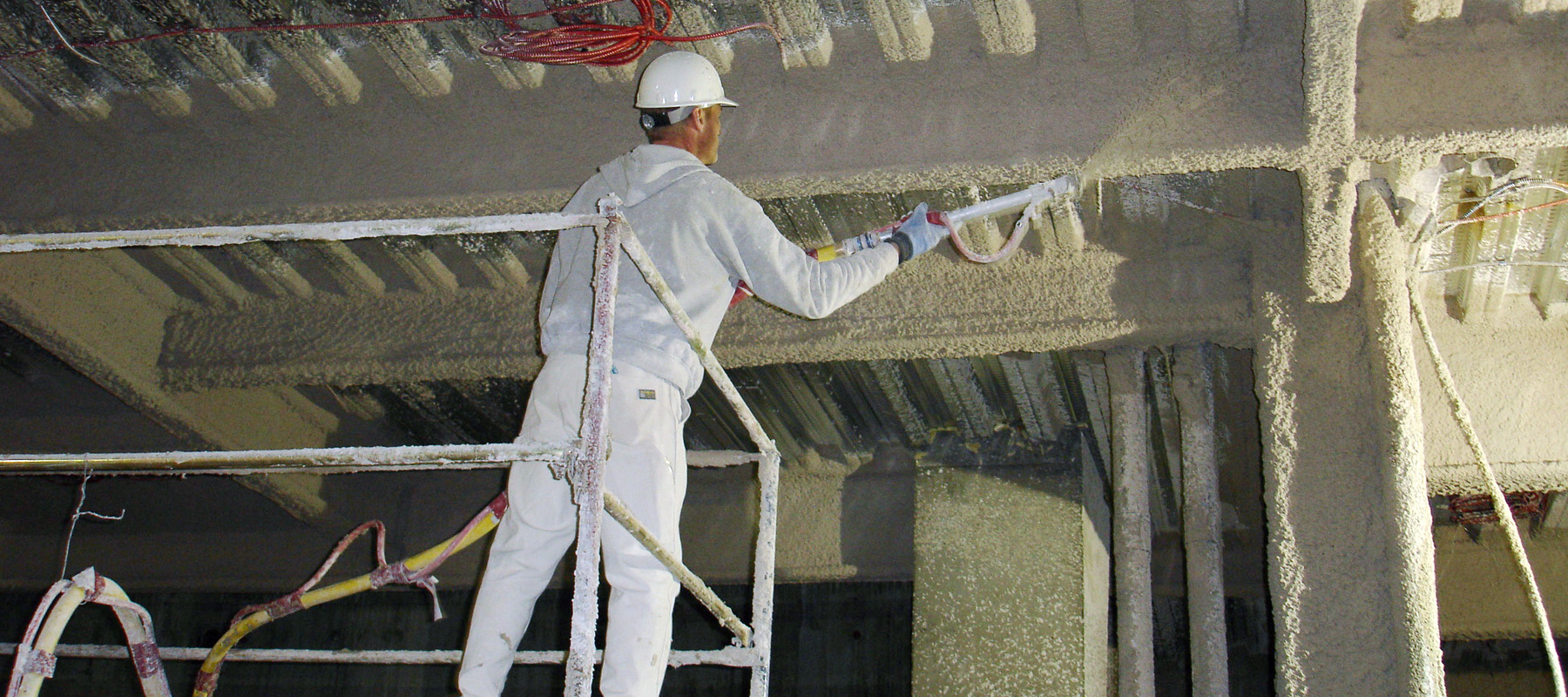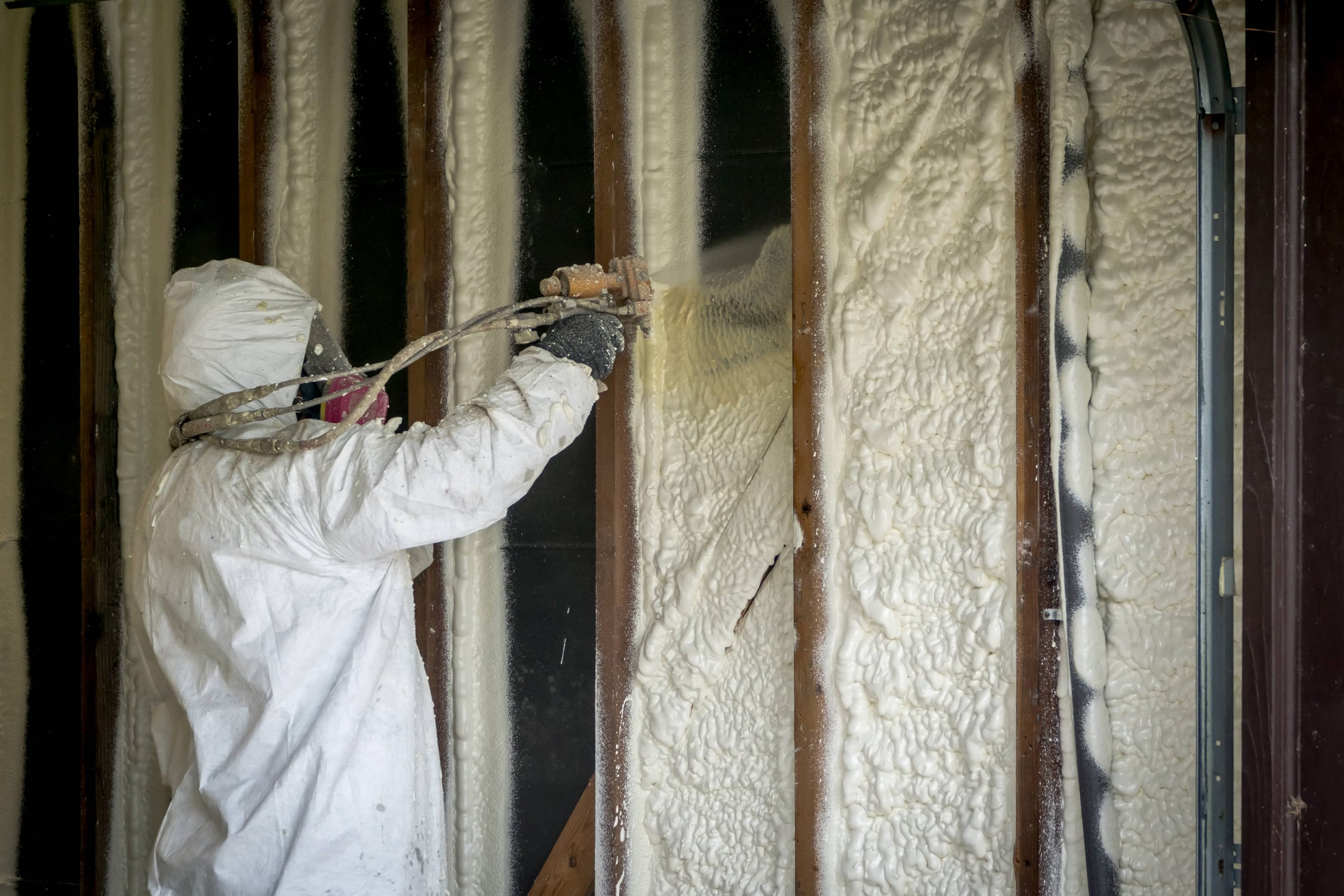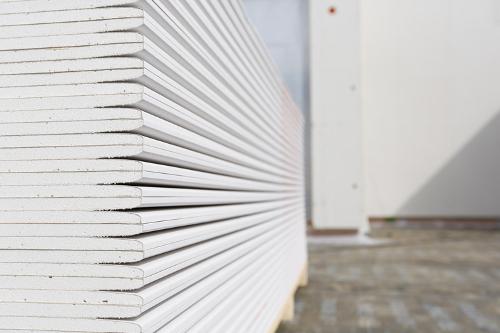In an era where personal safety and asset protection are increasingly critical, multi-layer bulletproof glass has emerged as a trusted solution for high-security environments. Whether protecting diplomats, commercial assets, or transportation fleets, this advanced material offers the strength of armor without compromising on clarity.
In this guide, we’ll explore what multi-layer bulletproof glass is made of, how it works, its real-world applications, and how to choose the right type for your needs. We’ll also highlight the innovations brought by Henan Central Glass, a national high-tech enterprise in China renowned for its specialty and ultra-large glass deep processing.
What Is Multi-Layer Bulletproof Glass Made Of?
Multi-layer bulletproof glass—also known as ballistic glass or laminated security glass—is made from alternating layers of:
Tempered or float glass for structural rigidity
Polyvinyl butyral (PVB) or Thermoplastic polyurethane (TPU) as interlayers to absorb energy
Polycarbonate (PC) in high-grade versions to increase impact resistance and flexibility
This structure is bonded under heat and pressure, creating a strong, transparent barrier capable of stopping bullets and resisting blunt force. The best materials for multi-layer bulletproof glass depend on the threat level and application, with polycarbonate being common in higher-security installations.
Structure of Multi-Layer Bulletproof Glass
The structure typically includes:
Outer Glass Layer – Often heat-treated for initial impact resistance
Interlayers (PVB/TPU) – Absorb shock and prevent shattering
Inner Glass Layers – Distribute force and add thickness
Optional Polycarbonate Layer – Used for advanced ballistic threats
Anti-spall coating – Prevents glass fragments from flying inward
Henan Central Glass excels in producing custom-layered glass configurations using proprietary lamination and large-format processing technologies, making them one of China’s top bullet proof glass manufacturers.
How Multi-Layer Bulletproof Glass Works
When a bullet hits the glass:
The outer glass layer slows or breaks the bullet
The interlayer absorbs and disperses the energy
The inner layers stop penetration and prevent spalling
Unlike traditional glass, the laminated layers stay intact, holding the bullet and glass fragments in place, protecting people on the other side. This makes it ideal for use in banks, military facilities, armored vehicles, and high-security buildings.
Uses of Bulletproof Glass in Buildings and Vehicles
Multi-layer bulletproof glass is widely used in:
1. Commercial and Government Buildings
Embassies, police stations, military bases
Banks, data centers, corporate offices
Bullet-resistant windows and reception barriers
2. Residential Security
Villas, VIP homes, and safe rooms
Panic room construction and fortified doors
3. Transportation
Armored vehicles, VIP convoys
Cash-in-transit trucks
Trains, airplanes, and naval vessels
4. Infrastructure and Public Spaces
Airports, stadiums, and border checkpoints
Public transport stations and ticketing counters
Henan Central Glass provides customizable glass thickness, shapes, and protection levels to match each unique use case.
Types of Bulletproof Glass and Their Protection Levels
Bulletproof glass is classified based on its ability to stop specific types of ammunition. Some common protection standards include:
NIJ Levels (National Institute of Justice)
Level I: .22 LR
Level II: 9mm
Level IIIA: .44 Magnum
Level III: Rifle rounds (e.g., 7.62mm)
Level IV: Armor-piercing rounds
EN 1063 European Standards (BR Ratings)
BR1 to BR7 for handguns and rifles
SG ratings for shotgun resistance
Choosing the right level depends on the expected threat. Henan Central Glass assists clients by analyzing risks and delivering tailored ballistic glass solutions.
How to Choose the Right Bulletproof Glass for Your Project
When selecting bulletproof glass, consider:
Threat level: Type of firearm or impact risk
Glass thickness: Ranges from 20mm to 100mm or more depending on rating
Weight and installation limits: Especially for doors, vehicles, or elevators
Optical clarity: For transparency and aesthetic needs
Climate resistance: Important for outdoor or harsh environments
Certification: Choose tested and certified products for reliability
Henan Central Glass offers engineering consultation, helping customers across sectors choose the right bulletproof glass with safety, performance, and architectural integration in mind.
How Thick Is Multi-Layer Bulletproof Glass?
The thickness varies with security level:
Standard protection (Level I–IIA): 20–35 mm
Mid-tier (Level III): 40–60 mm
High-risk areas (Level IV or BR7): 70–120 mm
Henan Central Glass has advanced facilities capable of producing extra-large and thick bulletproof glass panels, making them a preferred choice for high-spec international projects.
Top Bullet Proof Glass Manufacturers: Why Henan Central Glass Leads
As a national high-tech enterprise, Henan Central Glass specializes in:
Deep-processing of ultra-large architectural glass
Custom bulletproof glass for vehicles, buildings, and defense
ISO and international ballistic standard certifications
Decades of experience in R&D, design, and large-scale production
State-of-the-art production lines for curved, smart, and hybrid glass types
Their continuous innovation in specialty glass applications has positioned them as one of the leading bulletproof glass manufacturers in China and globally.
Frequently Asked Questions (FAQs)
Q1: What is multi-layer bulletproof glass made of?
It consists of layers of tempered glass, PVB/TPU interlayers, and sometimes polycarbonate.
Q2: How thick is multi-layer bulletproof glass?
Anywhere from 20mm to over 100mm depending on threat level and use case.
Q3: Where is bulletproof glass used?
In government buildings, banks, VIP homes, armored vehicles, and military installations.
Q4: How does bulletproof glass stop bullets?
By absorbing and dispersing kinetic energy through its laminated layers, preventing penetration and reducing spall.
Q5: What is the best material for bulletproof glass?
A combination of tempered glass, polycarbonate, and PVB/TPU interlayers for optimal strength and clarity.
Q6: Can I customize bulletproof glass for my building?
Yes. Henan Central Glass offers bespoke sizes, shapes, and protection levels for specific projects.
Conclusion
Multi-layer bulletproof glass offers a powerful blend of transparency, strength, and peace of mind. Whether protecting critical assets, enhancing military-grade transport, or ensuring the safety of high-profile facilities, it stands as a cornerstone of modern security design.
Henan Central Glass, with its innovation-driven approach and deep manufacturing expertise, is your trusted partner for custom bulletproof glass solutions that don’t compromise on performance, clarity, or design integrity.
Henan Zhongbo Glass helps Guizhou Huajiang Canyon Bridge glass project
Key Characteristics of Bullet-Proof Glass: Strength, Thickness, Transparency
www.hncentralglass.com
Henan Zhongbo Glass Co., Ltd.

